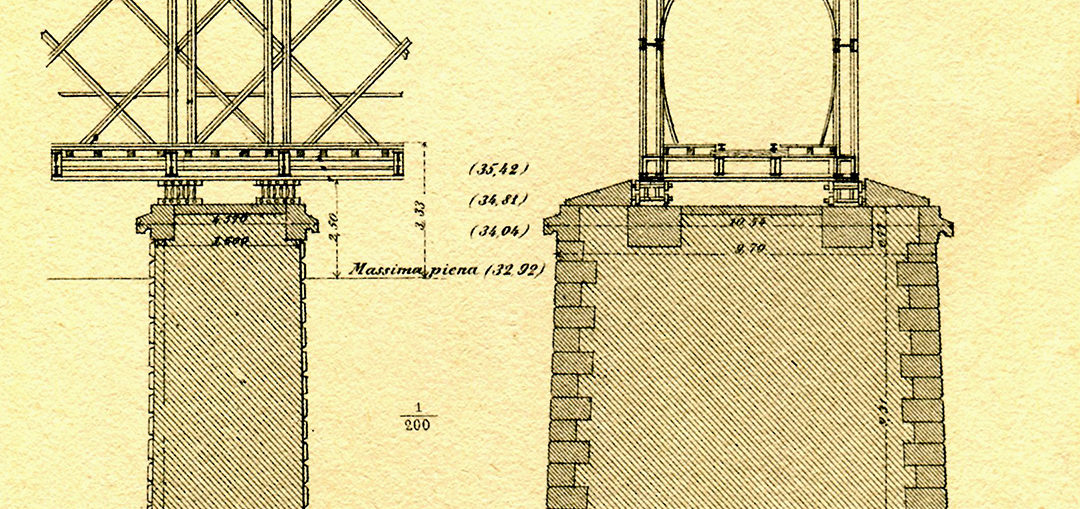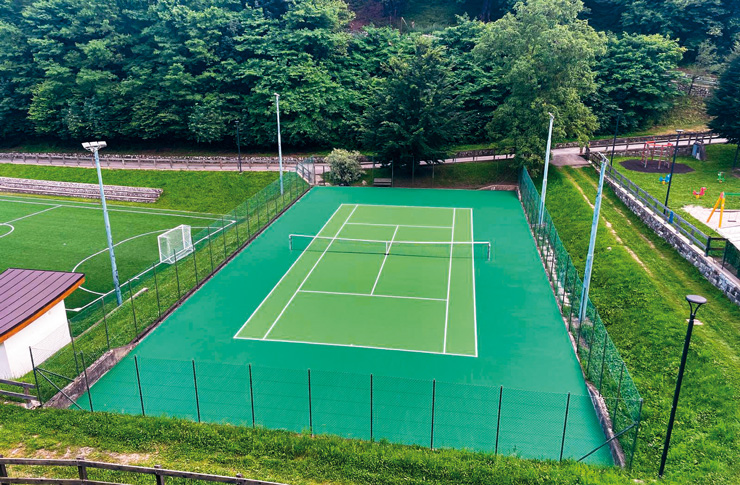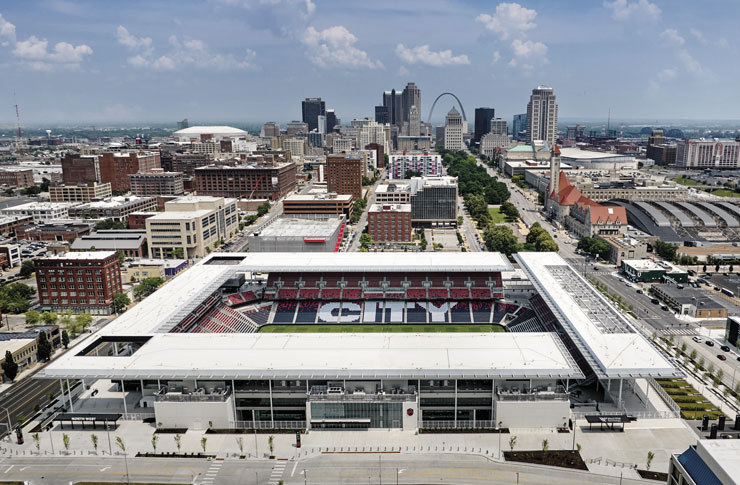It was the name of a non-compulsory course at the Faculty of Architecture, at least in the 70s. It’s not part of the exams of my booklet: maybe I preferred the lecture-performing by Bruno Zevi or the pioneering landscape lectures by Vittoria Ghio Calzolari, with a young Fulco Pratesi as assistant.
Bridges and large structures

In fact, later on, in the few buildings I have built, I have always relied on an engineer for the structures. But what an envy to those who were able, with formulas and tables, to calculate shape and size of daring constructive inventions (and the computer did not exist yet).
We were at the height of the reinforced concrete culture: it allowed unthinkable flights of fantasy and also unforgivable environmental devastation.
Today – after the collapse of 14 August – we are called to become aware of the fact that reinforced concrete is far from eternal, unlike the bare stone whose blocks form the lintels of “bridges and large structures” – for example – from Roman times.
Who remembers what the ‘building file’ is or should be? The ‘file of the work’ and the ‘maintenance plan for the work and its parts’? Today there is also the BIM design, which, when applied in full, should make it possible to have a total management of the life cycle of the building after its construction.
But even without obligations and regulations, construction must be understood as a “living” organism: good planning, honest realization, and loving care, management, maintenance; until the natural end of its life.
This applies not only to the bridges, but also to the tiny dressing room on our amateur football pitch.










